3D Merchandising:
5 Ways It Helps Furniture Stores Improve Consumer Experiences
The online furniture market is highly competitive and changing rapidly. And the pandemic has accelerated the pace of digital transformation even more. Brands, retailers, manufacturers, and marketers must be flexible, be on-trend, implement innovative methods for online shopping, product presentation, customer interaction, and create personalizing experiences.
The increase in online shopping has raised awareness of an important topic: furniture e-commerce merchandising or, in other words, 3D Commerce. Furniture retailers have realized how essential product visuals are for online sales. 3D Commerce is a new shopping experience based on 3D product visualization, configuration, augmented and virtual reality.
We’ve compiled 5 ways 3D merchandising helps your business improve customer experience, save costs and stay competitive. Let’s get to it!
#1. It Allows “Trying Out” Products in Different Environments Before Purchasing Them
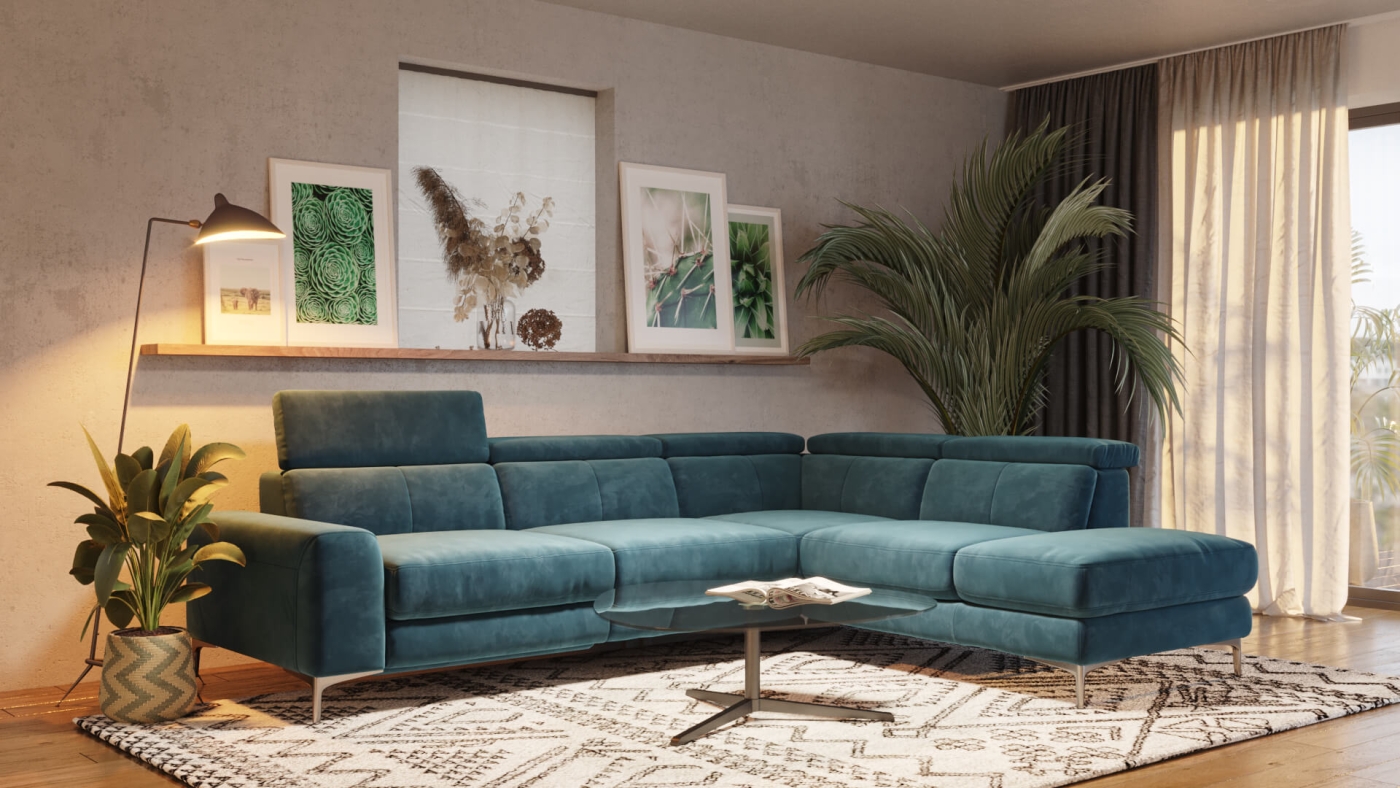
The Low Touch Economy, a consequence of the global coronavirus pandemic, has changed shopping habits. Consumers have realized the value of understanding products without an opportunity to explore them and expect brands to create efficient and personalized online shopping experiences.
Using 3D visual merchandising helps boost conversions by instilling more confidence in customers when they shop online. For example, CGI allows for as many views as one wants based on just one 3D model. As a result, creating a library of 3D renders is much faster, easier, and more cost-saving than organizing photo shoots, especially for multiple products or variants of a single product.
Another advantage of furniture visualization is that the product does not have to exist at the moment to have an image of it. Something that is simply impossible with photography. It gives freedom to work with the most expensive materials, experiment with design, and create custom spaces to showcase new products.
#2. It Implements Immersive Technologies
According to Zion Market Research, the global AR and VR market to $128 billion by 2028. Furniture retailers like La-Z-Boy and Ashley, furniture firms like American Woodmark, and kitchen and bathroom makers Robern and Kohler early understand the power of 3D merchandising. They realized that allowing consumers to experience high-value products in 3D simulated environments shortens the sales cycle and improves consumer experiences.
Augmented and virtual reality has significant potential to improve the user experience. AR and VR technologies increase engagement and help consumers have a clearer idea of the final product.
The ability to interact with a furniture piece, see it from different angles, evaluate texture or place it in context helps make buying decisions, increase customer confidence and reduce return rates.
Scan QR code to see this product
in augmented reality
#3. Motion 3D Merchandising Shows Products in Action
Nothing can match the power of 3D animation when it comes to creating a stunning and concise product portrait. For example, CG videos can show the functionality, assembly instructions, or impressive design features of the furniture. It’s a way to increase the perceived value of the product.
Flexibility and multi-usage quality are one of the strengths of 3D animation. Use it for advertising and communication, tell stories — from simple product demos and feature clips on social media and websites to complex concept videos in TV commercials.
#4. Photorealistic 3D Commerce Sells Not Just Products but a Lifestyle

Lifestyle 3D rendering helps online businesses show shoppers how their products look in context by creatively experimenting with the imagination. Such 3D merchandising is effective in lifestyles scenes because it inspires the viewer. Allow the customer to see all the options available and have a photorealistic representation of furniture in almost any setting they want to see.
Photographing a couple of creative scenes is comparable to the cost of an entire minimalist 3D catalog. Traditional photo sessions need to be planned as they require renting a set, hiring a photographer, movers, transport, paying for post-production, etc. Is it worth risking wasted time and resources in the event of an unsuccessful outcome depending on so many factors?
Today, creating lifestyle images is much more profitable and effortless. Professional 3D rendering artists will create a specific interior that sells your furniture. Unique and creative scenes render quickly and can be easily edited afterward. Plus, a company can place multiple products from different collections in the same images to get great content and cross-sell opportunities.
#5. It Provides Faster Convergence on the Right Purchase Solution
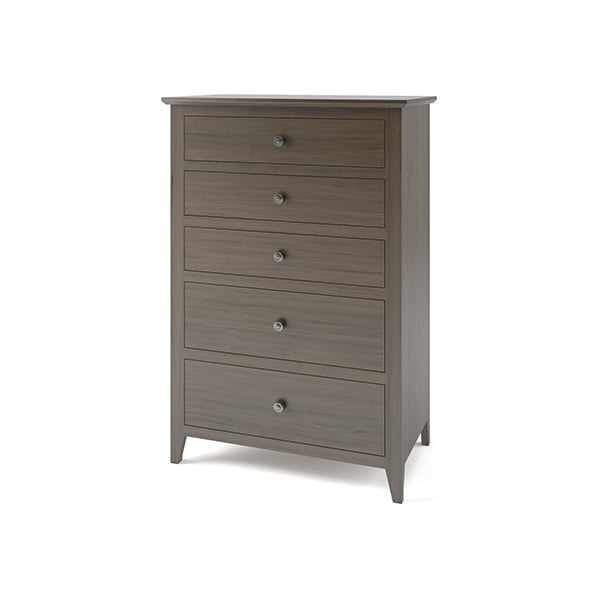
Product 360-degree views have become indispensable 3D merchandising content for buying furniture online. They are the best way to convey orientation, distance, relative size, materials, details. Just one 360-degree view can replace multiple images, immersing the customer right into the scene where they can explore the products in-depth.
Google Metrics has shown that consumers enjoy interacting with 360-degree visuals four times longer than regular product photos. Implementing a 360-degree configurator in your store, for instance, will allow customers to stay longer on the site and convince them to make a purchase.
Overall, 3D merchandising needs high-quality visual effects with a 4K upscaling option. Show the beautiful details and luxurious materials of your design with 3D close-up product images. Give the customer the ability to touch the fabric or appreciate the graininess virtually — these are the standards of 3D commerce.
Ready to reinvent furniture e-commerce merchandising with 3D product visualizations? It’s much easier than you think. We can provide you with 3D rendering services — amazing marketing visuals and an incredible digital catalog that invites customers to move, touch, and interact with your furniture. Inspire consumers, drive sales!


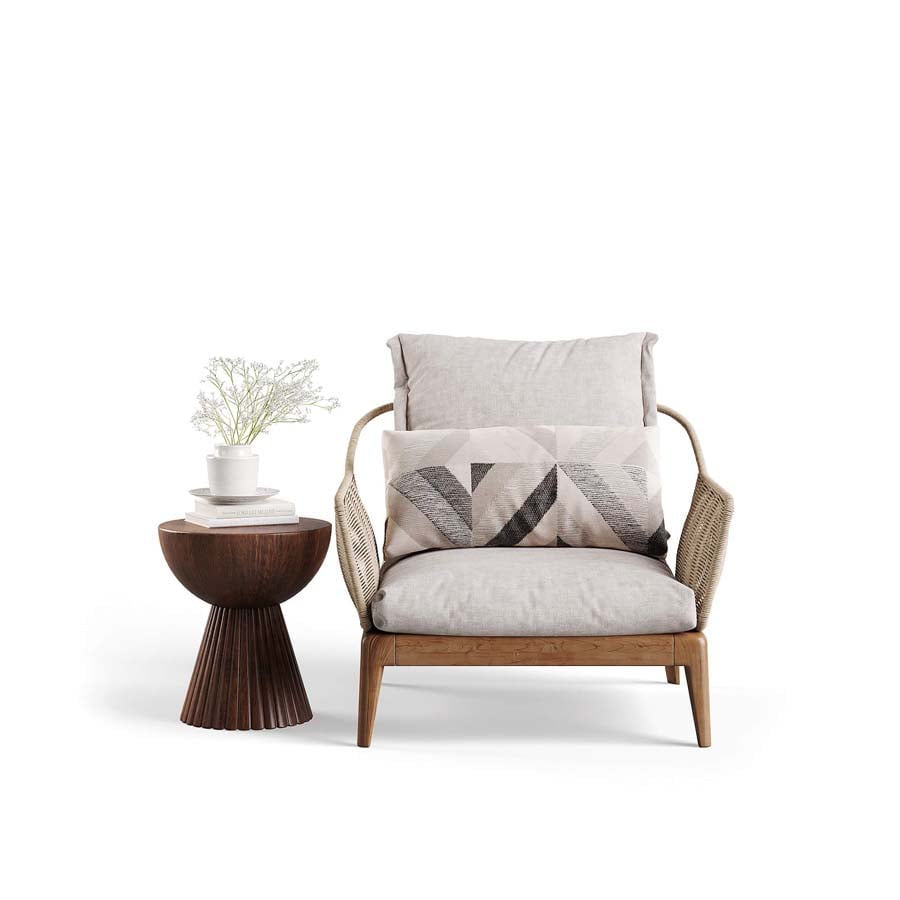
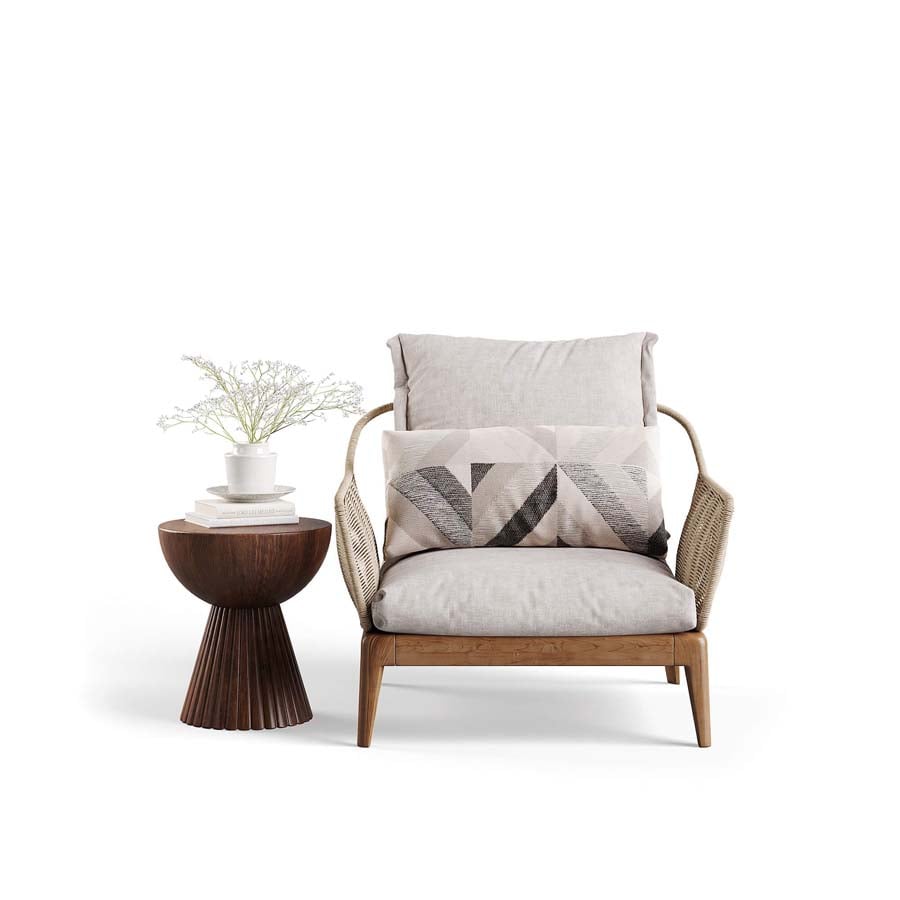

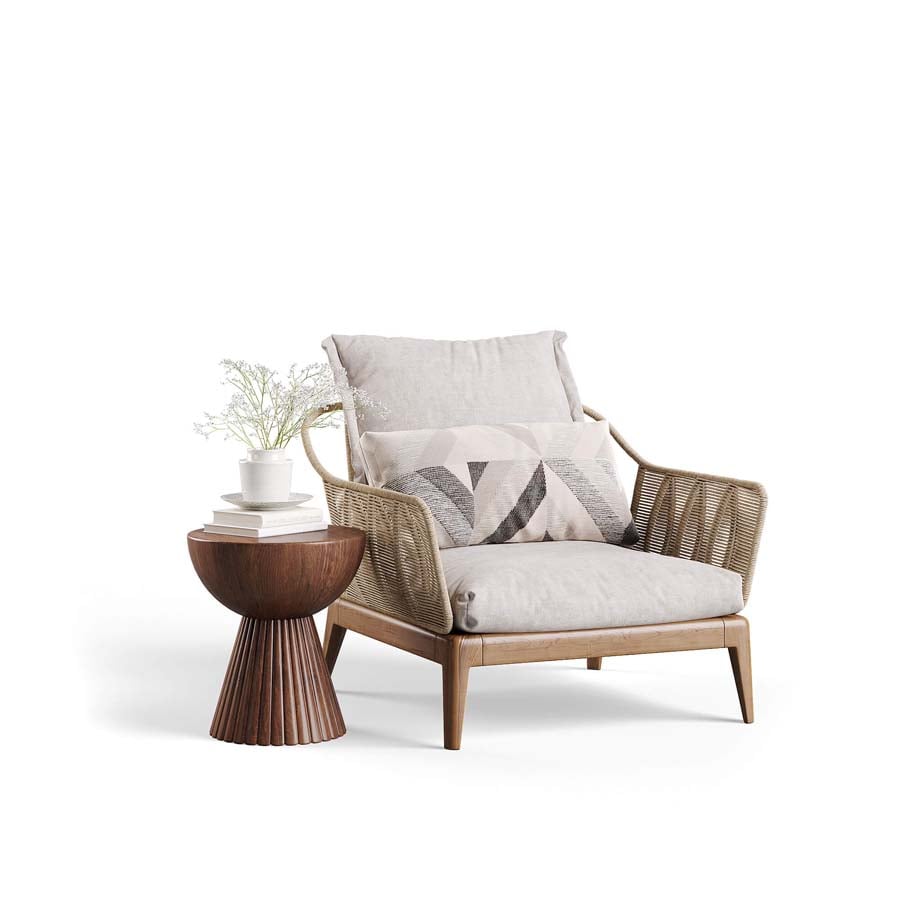
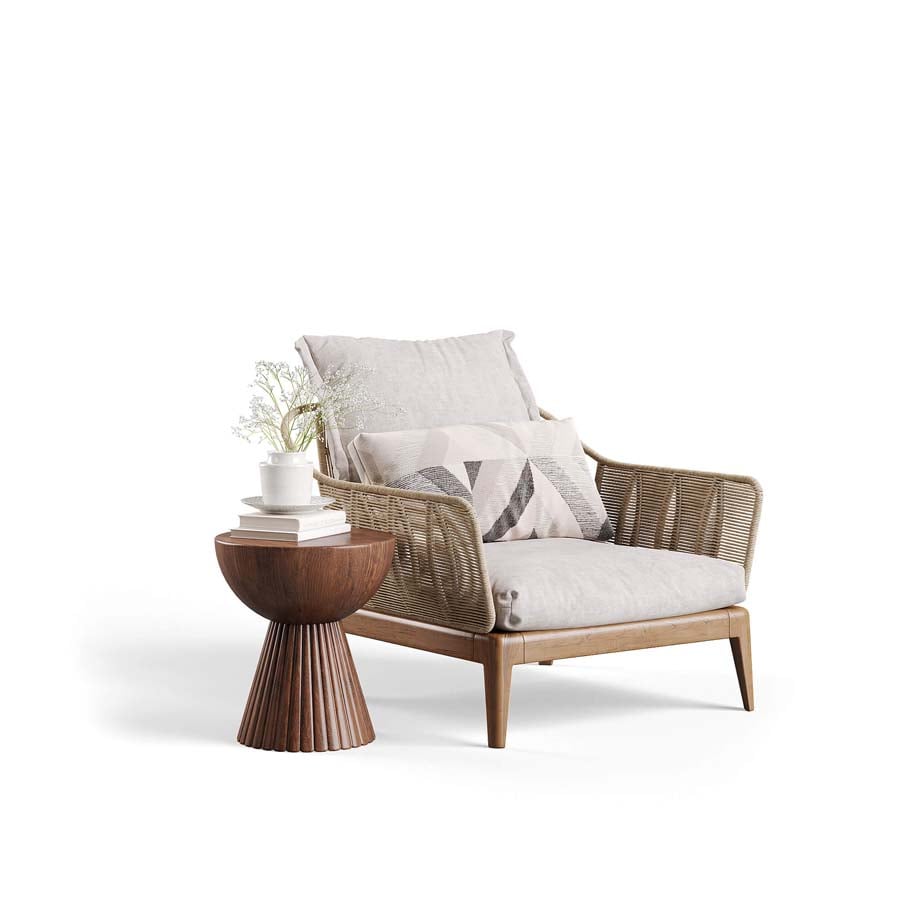
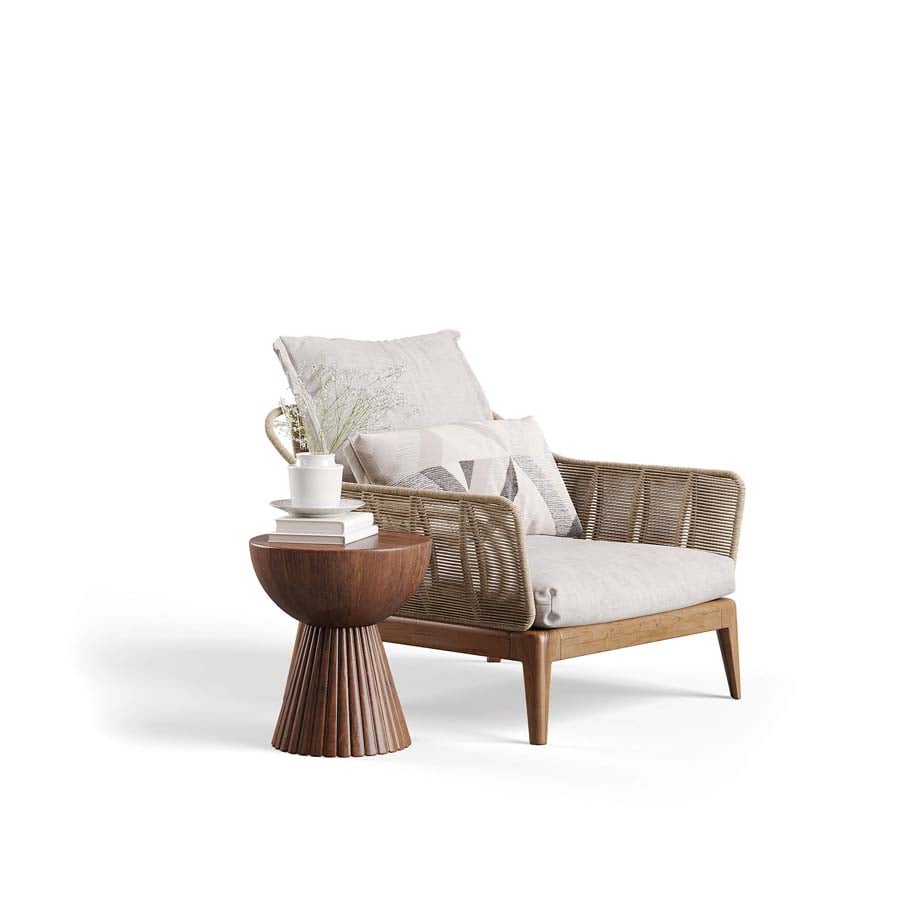


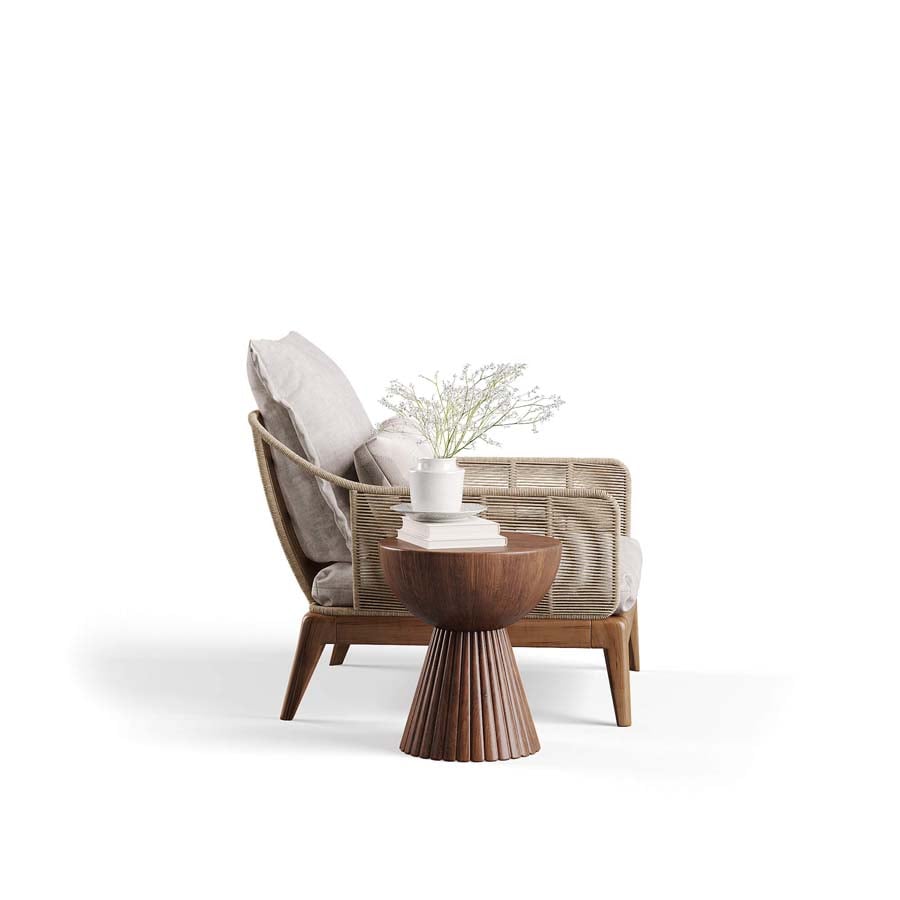
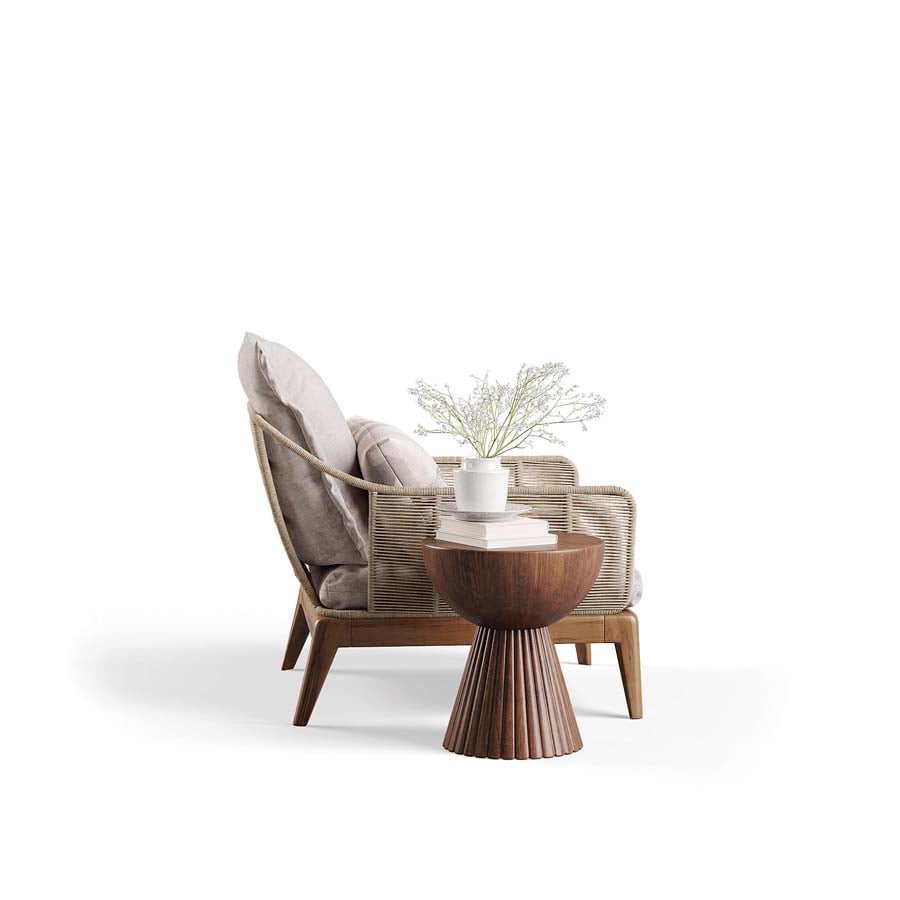
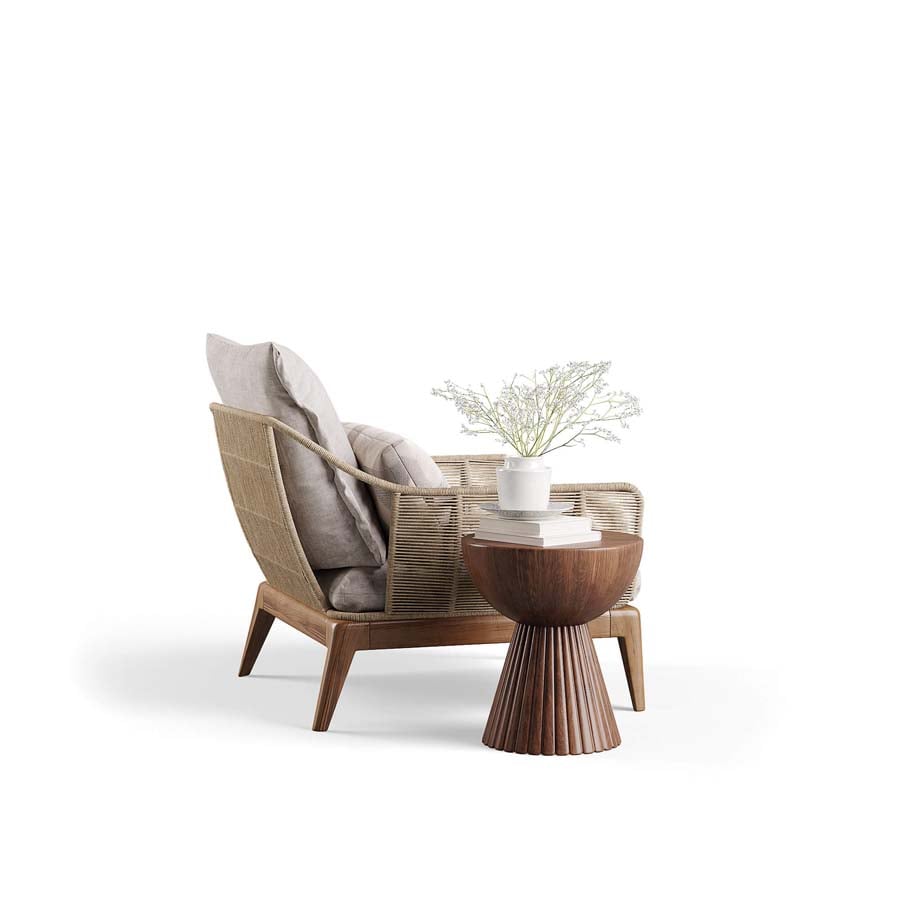
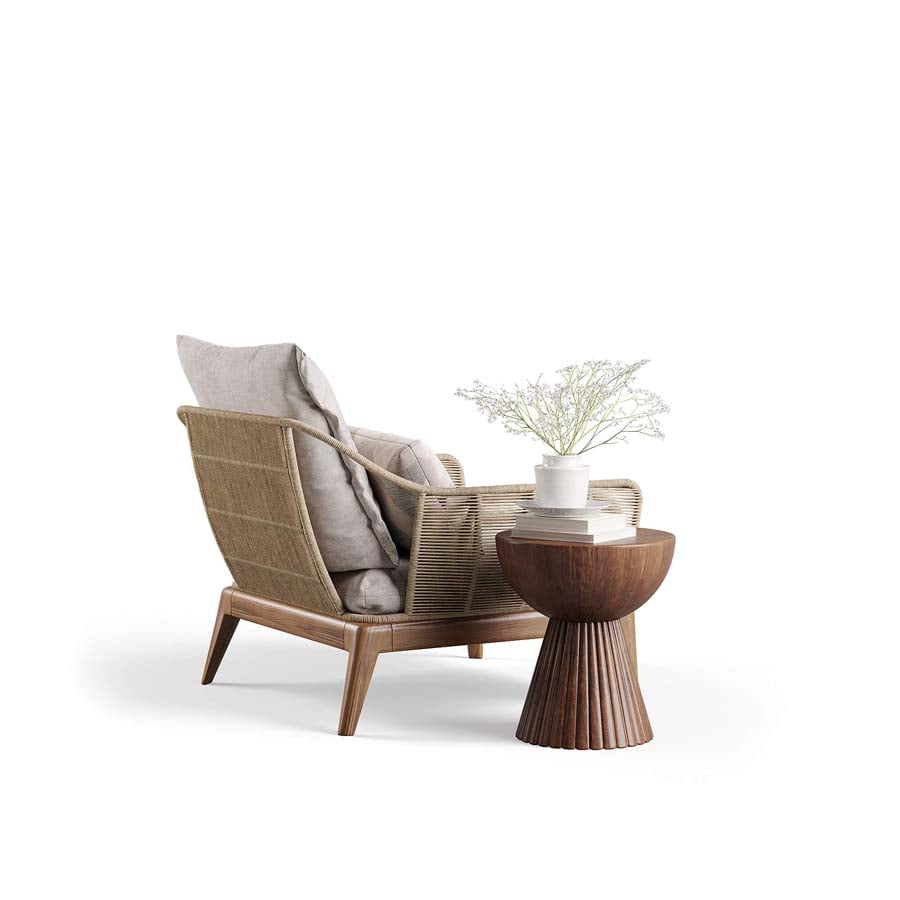
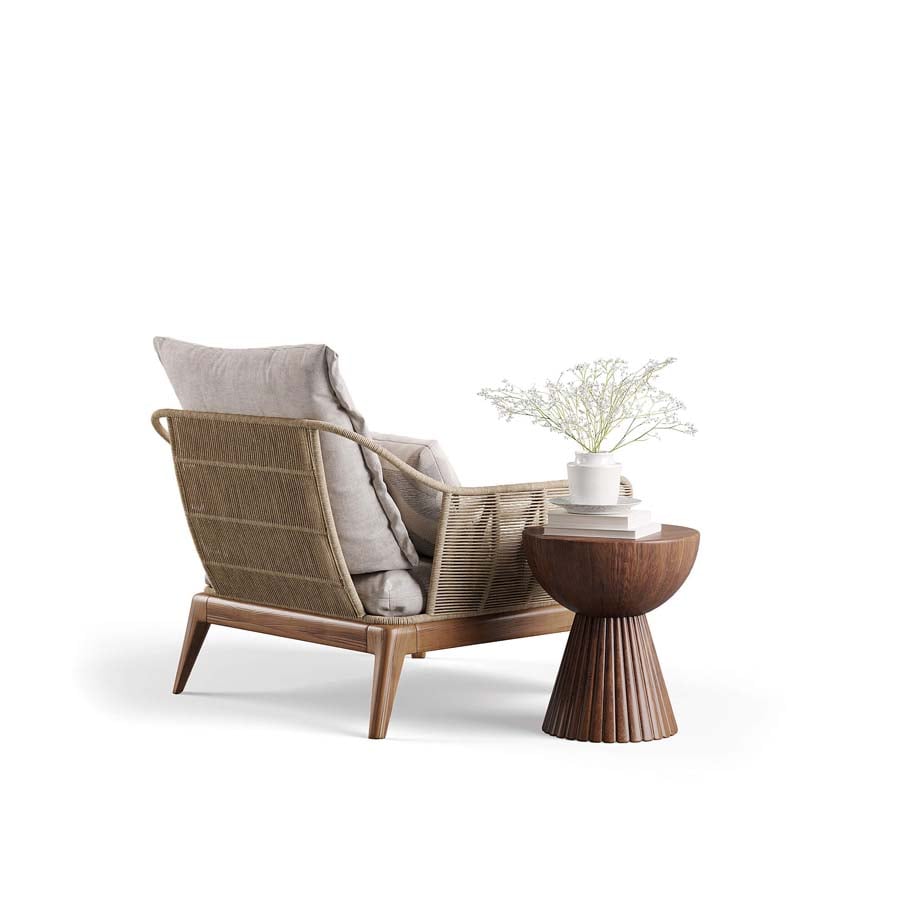


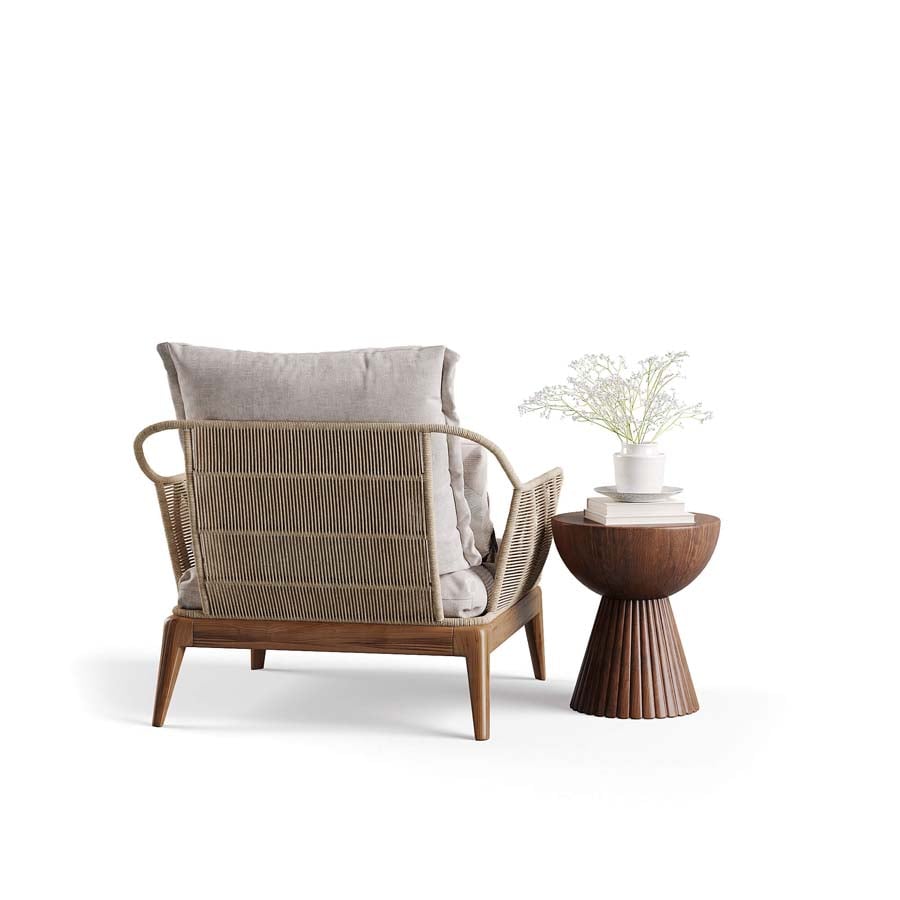
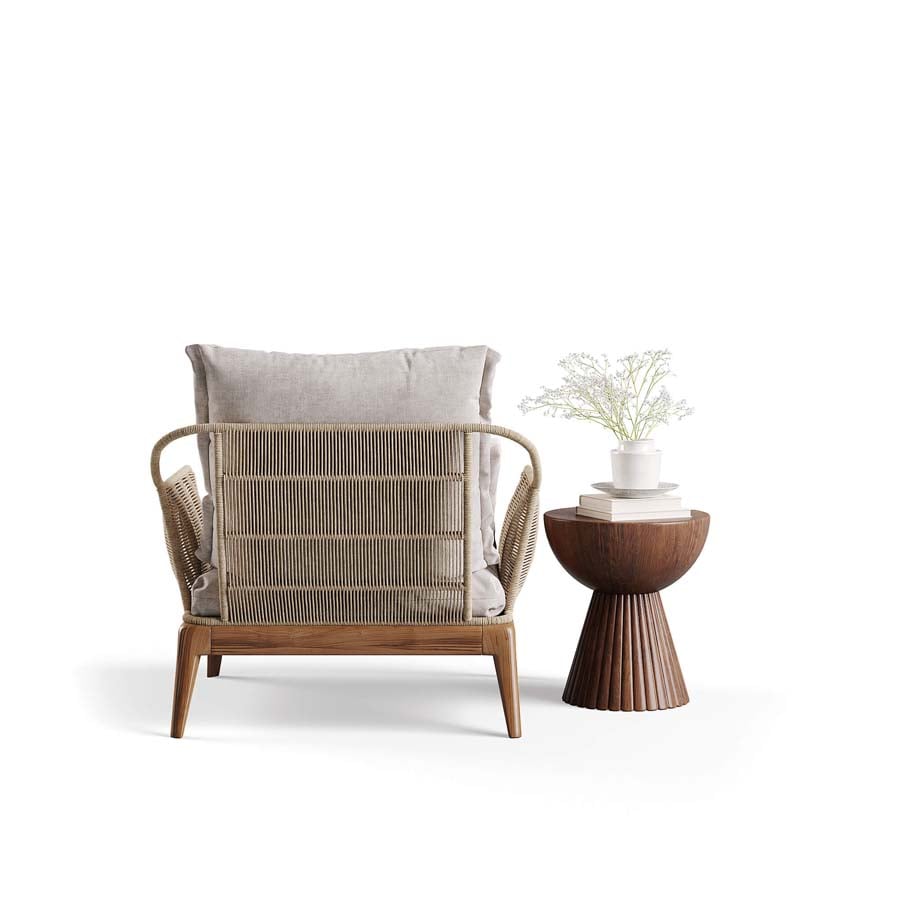
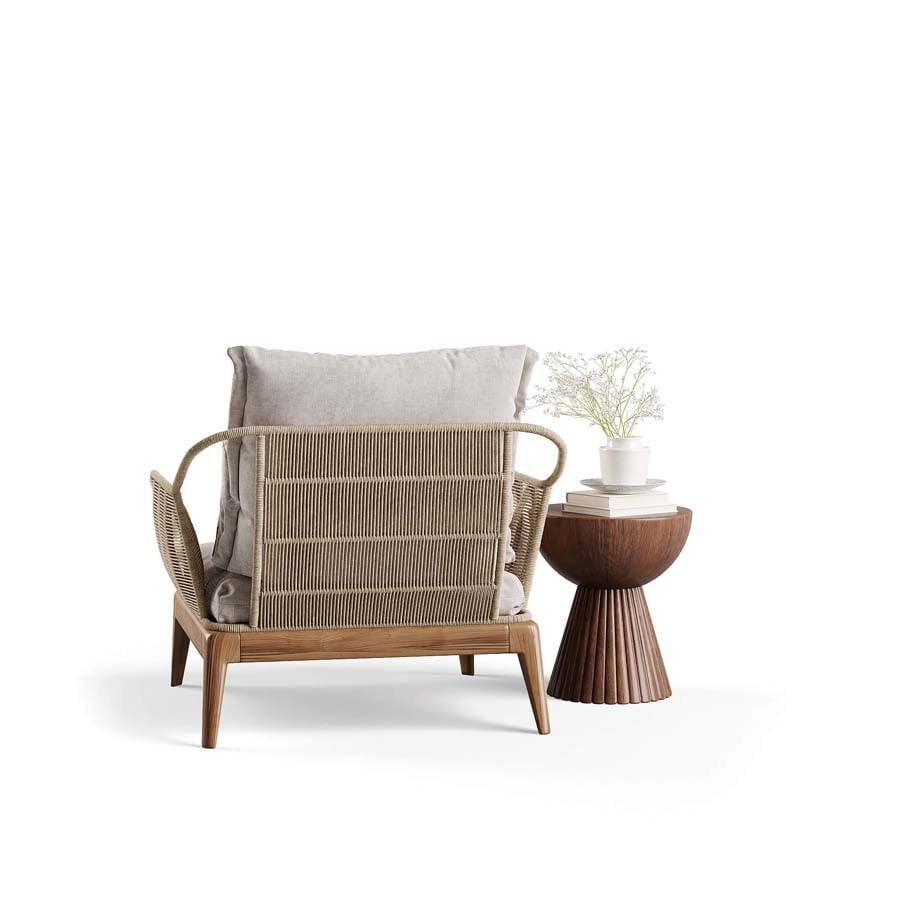
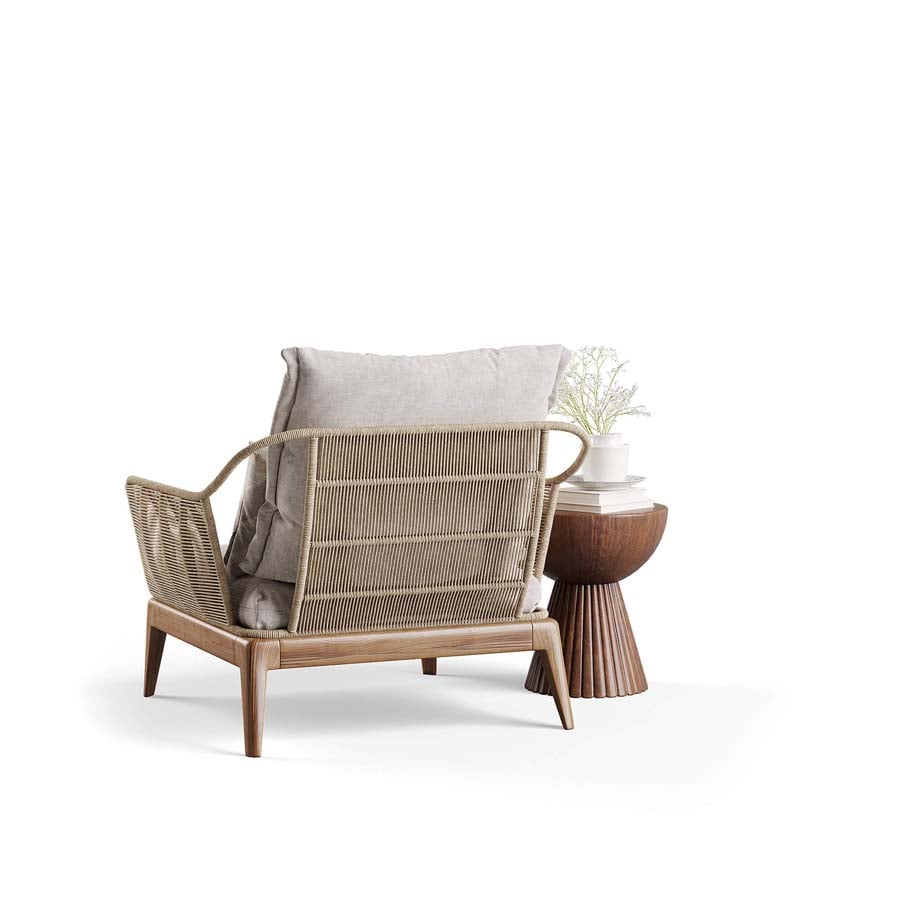


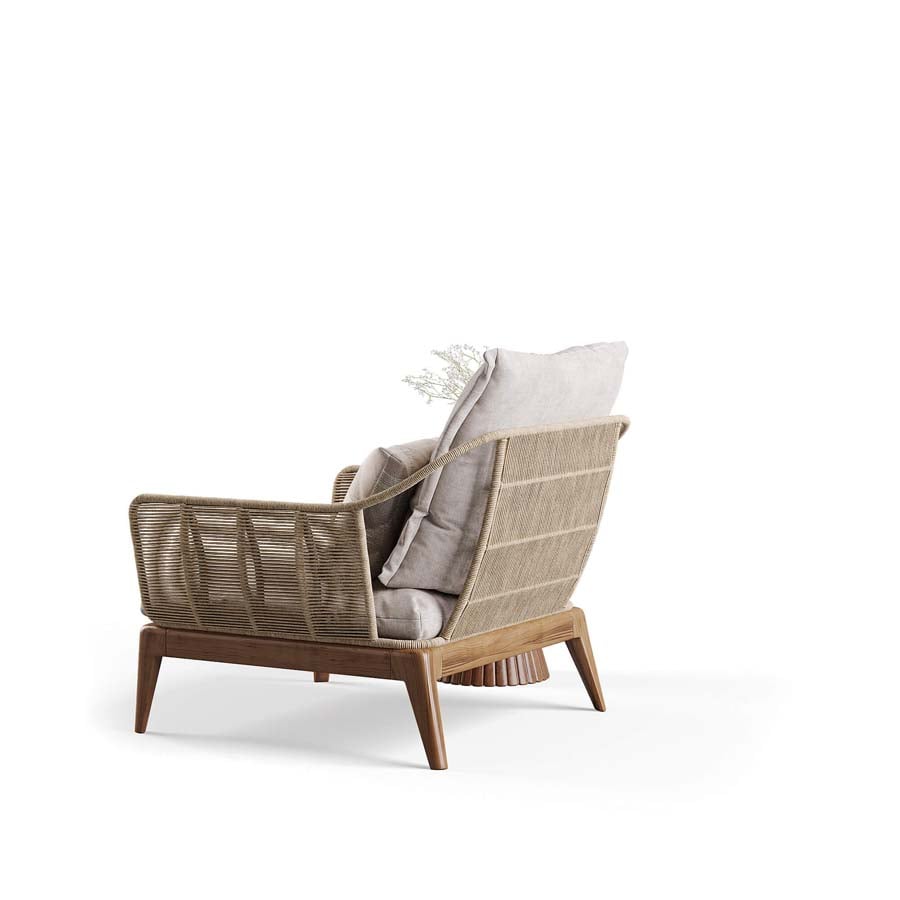
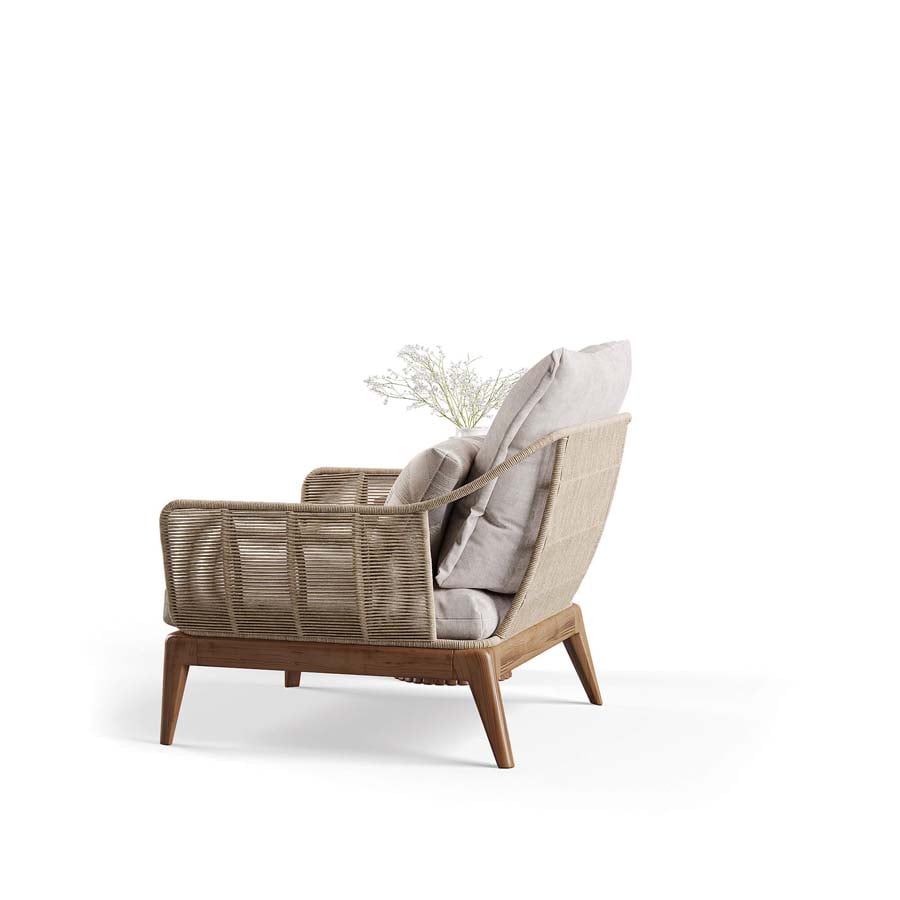

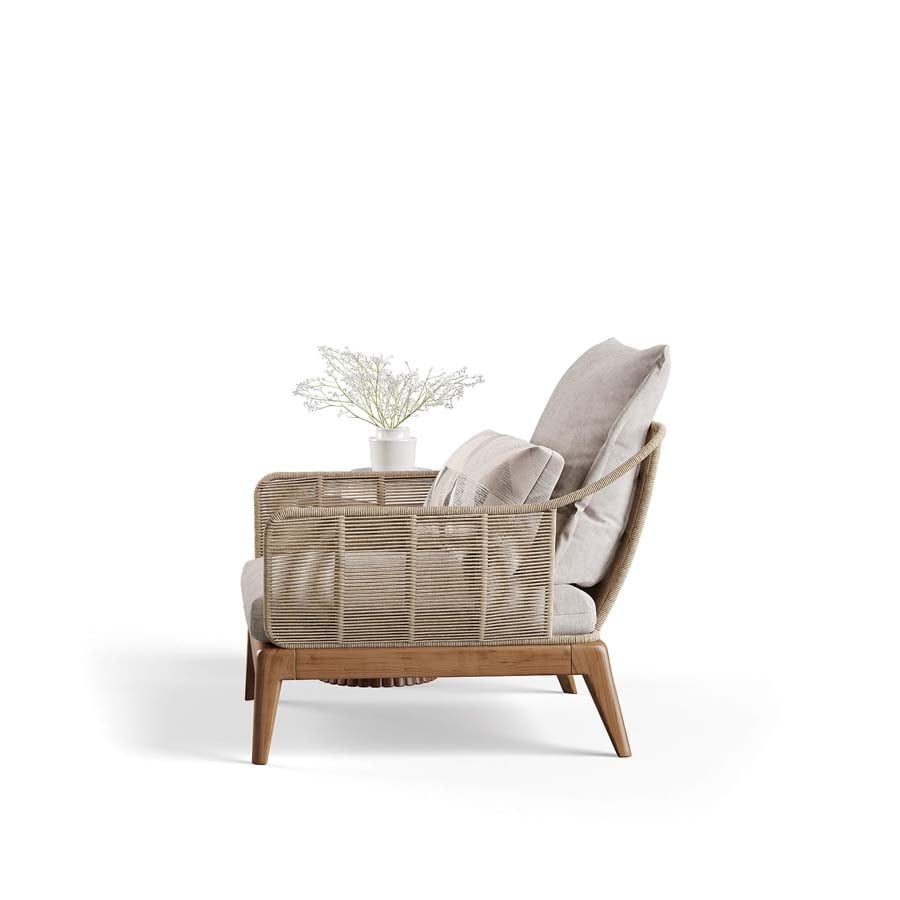


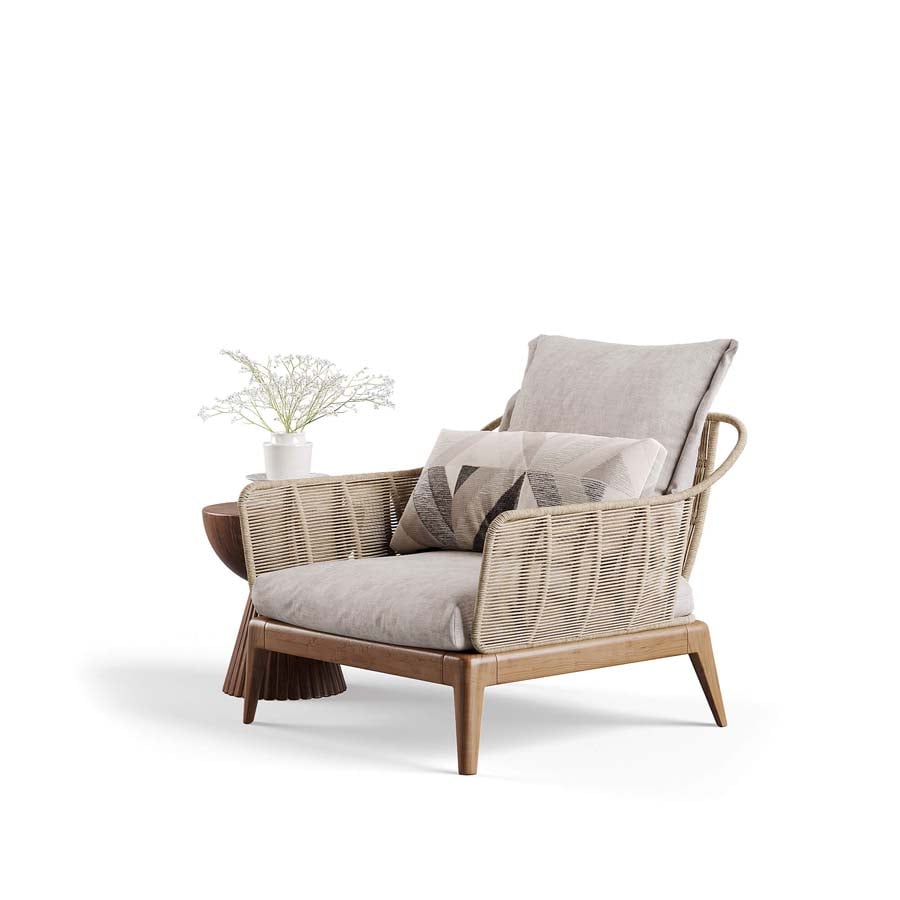
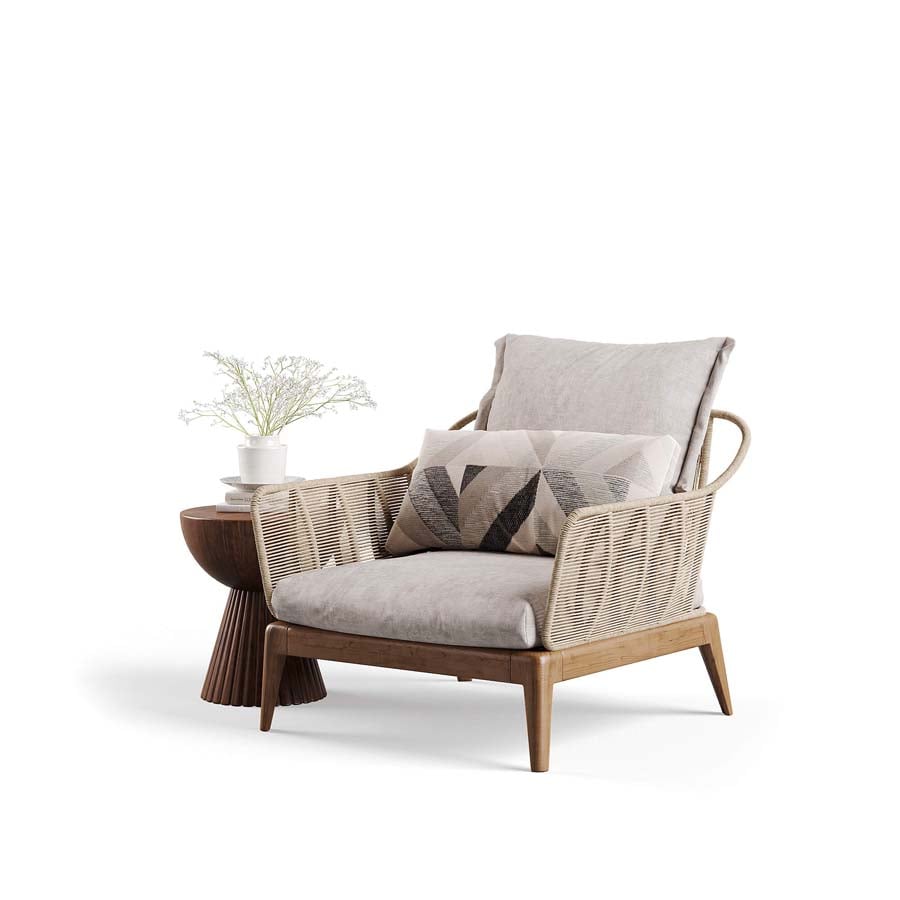
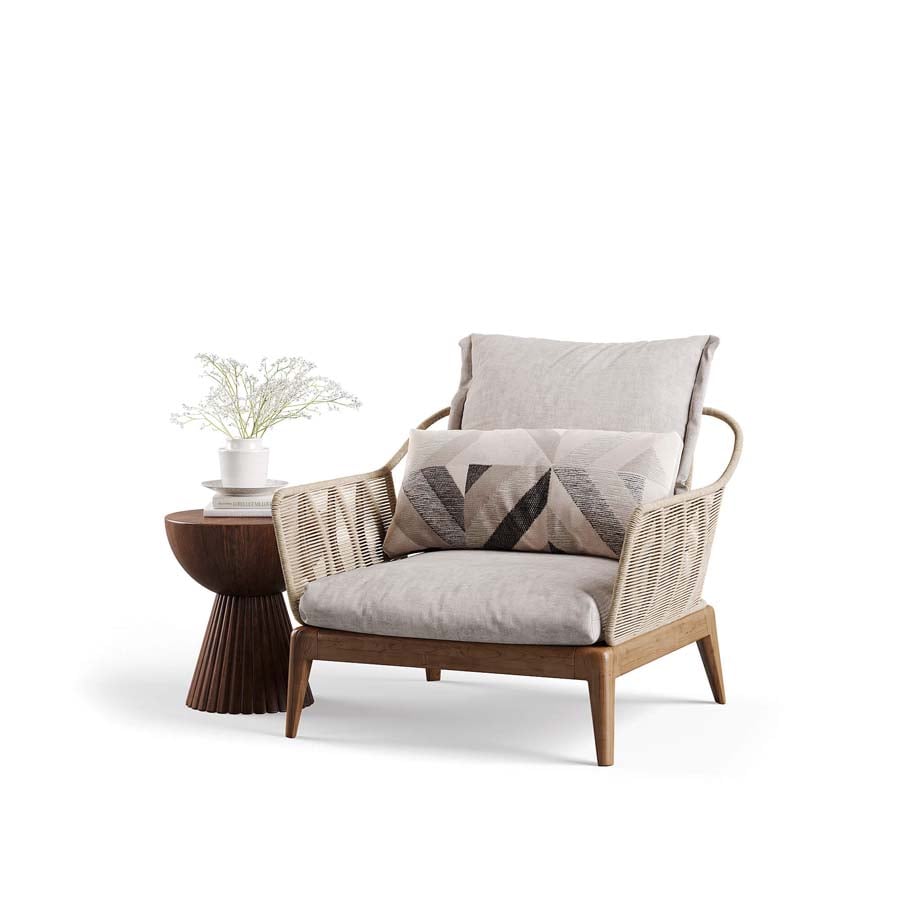
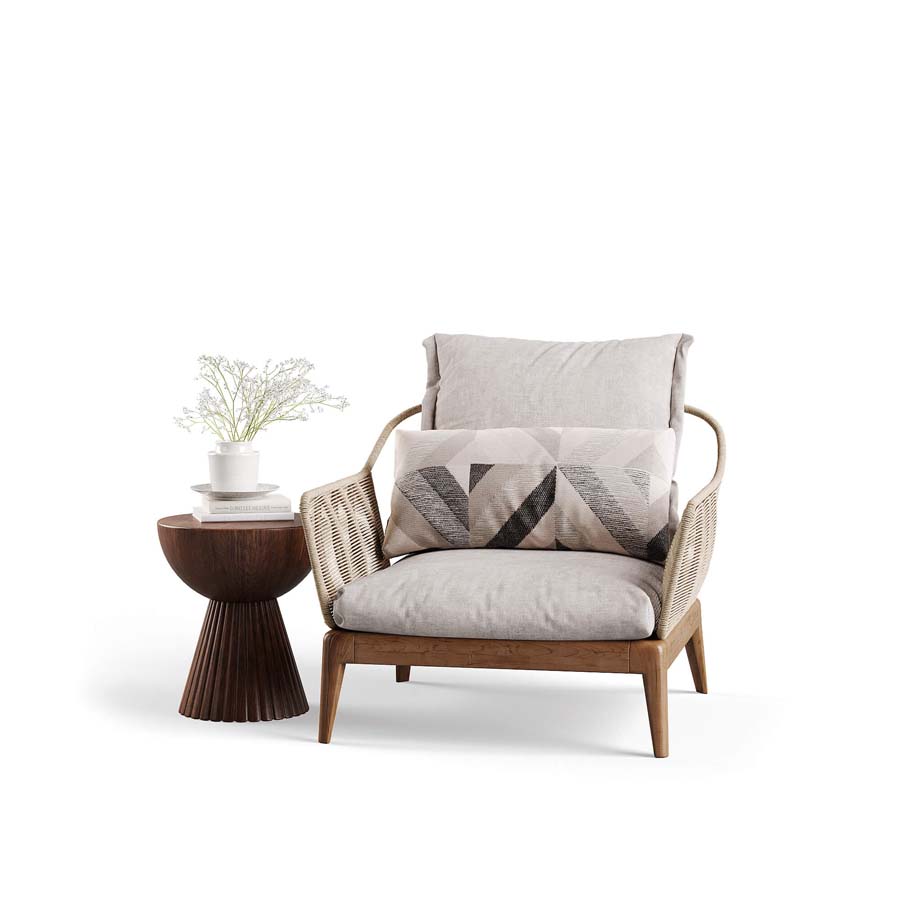

Leave a Reply
Want to join the discussion?Feel free to contribute!